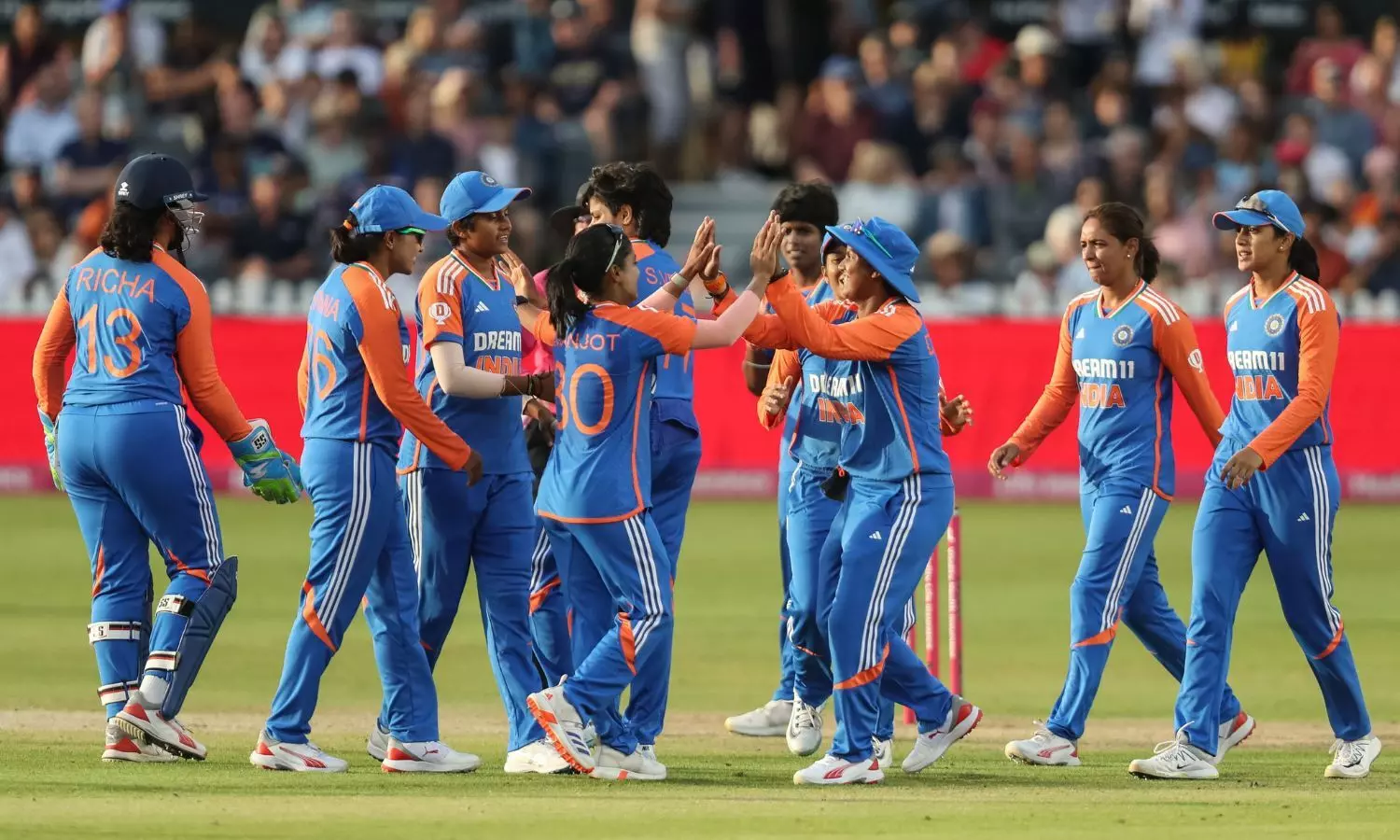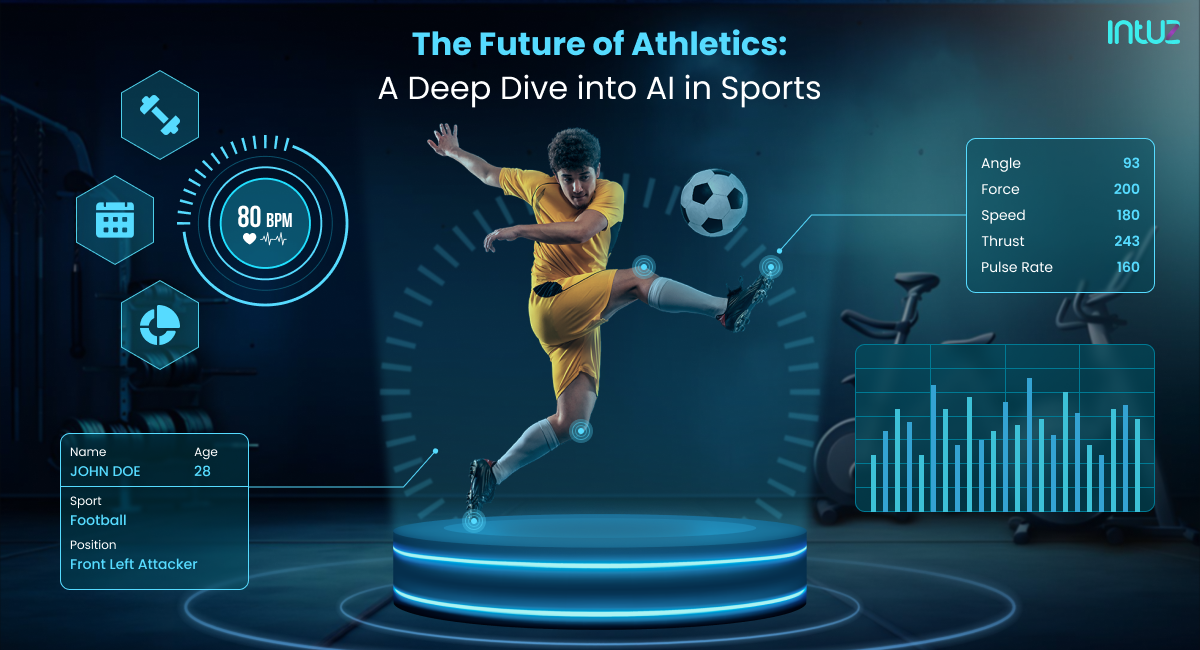Wearable Tech: The Athlete's Secret Weapon?
Imagine a world where every stride, every heartbeat, every movement of an athlete is meticulously tracked, analyzed, and used to optimize performance. That world is no longer a fantasy; it's the reality being shaped by wearable technology and advanced performance analytics in sports. From elite professionals to aspiring amateurs, athletes are increasingly turning to these tools to gain a competitive edge. But how exactly is this technology changing the game?
Data is King: Unlocking Performance Potential
At its core, wearable tech provides a wealth of data. We're talking about everything from heart rate variability and sleep patterns to acceleration and impact forces. This data, when crunched and analyzed, reveals crucial insights into an athlete's physical condition, performance efficiency, and risk of injury. One striking statistic highlights this: Wearable technology market revenue is projected to reach $19.4 billion in 2024. This growth signifies the increasing reliance on data-driven strategies.
GPS tracking was one of the earliest forms of wearable tech adopted by sports teams. Initially used to monitor player positioning during games, it has evolved to track distance covered, speed, and acceleration.
Consider the insights gleaned from tracking an athlete’s sleep patterns. By monitoring sleep duration and quality, coaches can adjust training schedules and recovery protocols to ensure athletes are adequately rested and performing at their best. Poor sleep can significantly impact performance, increasing the risk of injury and hindering recovery. As legendary basketball coach Phil Jackson aptly stated: "The strength of the team is each individual member. The strength of each member is the team." In today's game, that includes having access to and understanding the data.
From Metrics to Meaning: Preventing Injuries and Optimizing Training
The real power of wearable tech lies not just in collecting data, but in transforming that data into actionable insights. Performance analytics software can identify patterns and trends that might otherwise go unnoticed, allowing coaches and trainers to make informed decisions about training intensity, volume, and recovery. This personalized approach to training is crucial for maximizing performance and minimizing the risk of injury. Another impactful statistic underscores this point: Studies suggest that wearable tech can help reduce injury rates by up to 25%.
Wearable sensors can now measure biomarkers like sweat glucose levels, providing real-time insights into an athlete's metabolic state. This data can be used to optimize nutrition and hydration strategies during training and competition.
For example, a soccer player consistently experiencing hamstring tightness might benefit from a modified training program that emphasizes hamstring strengthening exercises and improved flexibility. Wearable sensors can detect subtle changes in gait and muscle activation patterns that could indicate an increased risk of hamstring injury. The use of force plates embedded in training areas is an allied technology that expands on this. According to professional trainer, Mark Kovacs: “Wearable technology is changing the landscape of sports training and performance, offering unprecedented insights into an athlete's physiological and biomechanical responses.”
Beyond the Individual: Team-Level Insights
Wearable tech isn't just about individual performance; it also provides valuable insights at the team level. By aggregating data from multiple athletes, coaches can identify trends and patterns that might affect team performance as a whole. For example, analyzing heart rate variability data across the team can reveal whether players are adequately recovered from previous games or training sessions. Furthermore, a recent study found that teams using comprehensive performance analytics had a 10% higher win rate.
Smart clothing embedded with sensors can track muscle activity and provide real-time feedback on technique, helping athletes improve their form and efficiency. This is particularly useful in sports like swimming and golf.
Imagine a football team using wearable sensors to monitor player fatigue during a game. If the data indicates that several players are experiencing a significant drop in performance, the coach can make strategic substitutions to ensure that the team remains competitive throughout the entire match.
The Future of Sports: Ethical Considerations and Technological Advancements
As wearable tech becomes increasingly sophisticated, it's essential to address ethical considerations related to data privacy and security. Athletes need to be informed about how their data is being collected, used, and shared, and they should have control over their personal information. The NFL and MLB are already in early adoption, using sensor technology to better understand game play.
The use of Artificial Intelligence (AI) is also playing a key part in how sports are evolving. By integrating AI platforms with wearable tech and video analysis, sports are getting smarter and faster in how they improve performance. According to data scientist, Dr. Emily Carter: “The intersection of AI and wearable tech holds tremendous potential for advancing sports performance, injury prevention, and talent identification.”
The Data-Driven Athlete: A Winning Formula
Wearable tech and performance analytics are transforming the world of sports, empowering athletes and coaches with unprecedented insights. By harnessing the power of data, athletes can optimize their training, minimize their risk of injury, and unlock their full potential. As technology continues to evolve, we can expect even more exciting advancements in this field, further blurring the lines between science and sport.


.jpeg)

